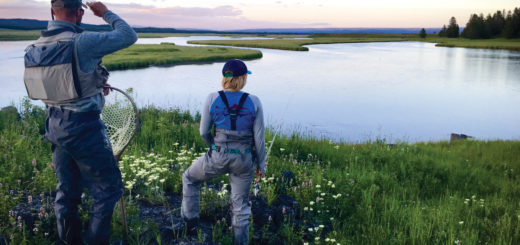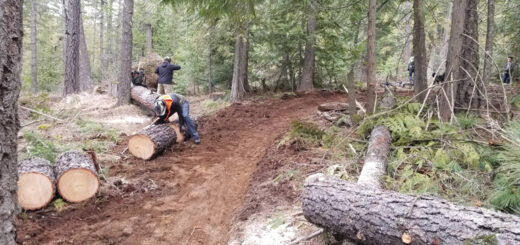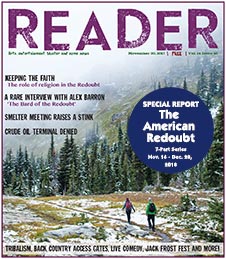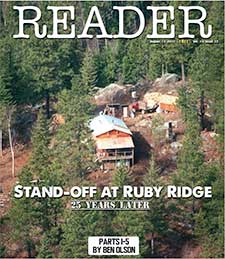Trail Dispatches: Trails for Conservation
By Regan Plumb
Reader Contributor
Trails may be most immediately associated with providing opportunities for fresh air and exercise, but there are more subtle factors at play just beneath the surface. Conservation is just one example.
Defined as using something carefully so as not to deplete it, conservation is often at work with regards to thoughtfully developed trail systems. For example, trails are generally located within landscapes that are beloved, historically significant or aesthetically pleasing, and thus worthy of conserving. These landscapes may provide open space, wildlife habitat, clean water and healthy forests.
The fact that they also provide opportunity for outdoor recreation serves as reassurance that the conservation values of the land will be tended to into the future, whether by a written or tacit agreement or understanding.
While lands with trails are often intuitive landscapes for conservation, the converse is often true as well. Permanently conserved lands, such as Sandpoint’s Pine Street Woods, provide an exceptional canvas for trail development because their open space condition is secure into the future, thus safeguarding the fate of their trails as well. In fact, financial contributors to new trail development projects may prioritize proposals on permanently conserved lands in order to ensure the longevity of their investment.
If we look deeper still, we see the capacity that trails hold for imparting the value of conservation to their users. When we walk the trails of Pine Street Woods, the Pend d’Oreille Bay Trail, Mickinnick or countless others, we are able to breathe deeply, take in the sights and smells of the season and feel gratitude for access to open space. Trails are a powerful force for teaching the value of the natural world around us, and the importance of caring for it into the future. They serve as ambassadors of conservation for every individual who sets foot upon them.
Finally, trails hold vast potential for educational lessons related to conservation. Whether by presenting an access point to an outdoor classroom space for exploration of the natural world, or a teachable moment regarding environmentally sound trail construction, a trail user with an open mind will learn something new about the world with each visit.
When we step onto a trail, we are immersed in our natural surroundings in a much more authentic way than is possible from a sidewalk, a car or a couch. If we conscientiously use and care for these trails, and the environments that they meander through, they will, in turn, help to sustain us, too. This is conservation.
Regan Plumb serves as the conservation director at Kaniksu Land Trust, where she helps private landowners protect special places in North Idaho and northwest Montana.










 Coming up this week! Don’t miss Live Music, the Summer Sampler, the Art Party, Monarch Grind, the Sandpoint Renaissance Faire, and more! See the full list of events in the
Coming up this week! Don’t miss Live Music, the Summer Sampler, the Art Party, Monarch Grind, the Sandpoint Renaissance Faire, and more! See the full list of events in the 